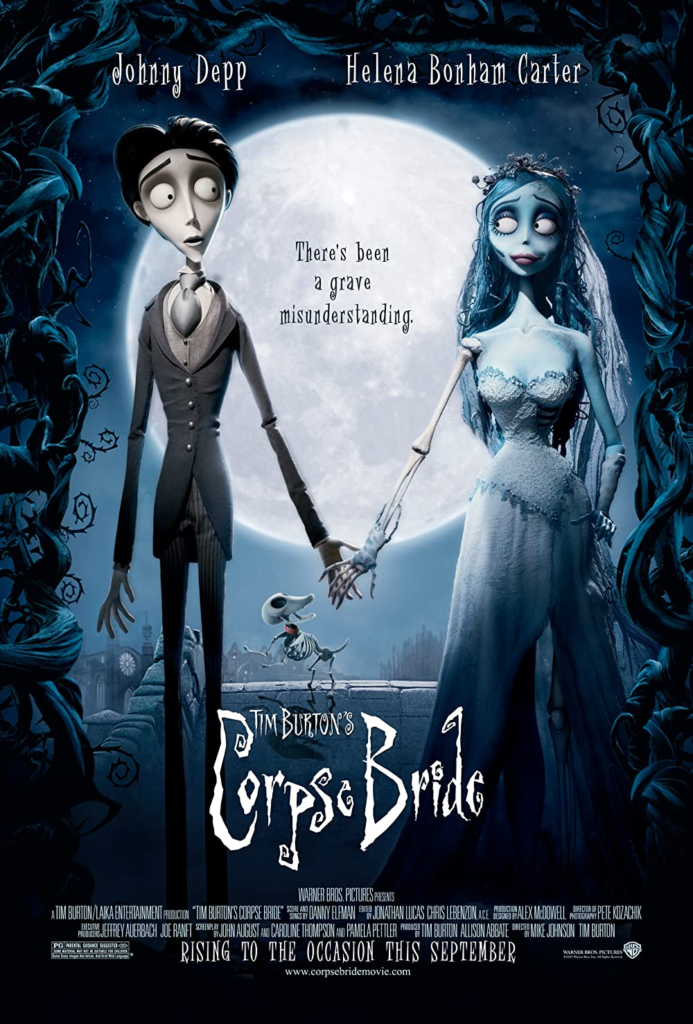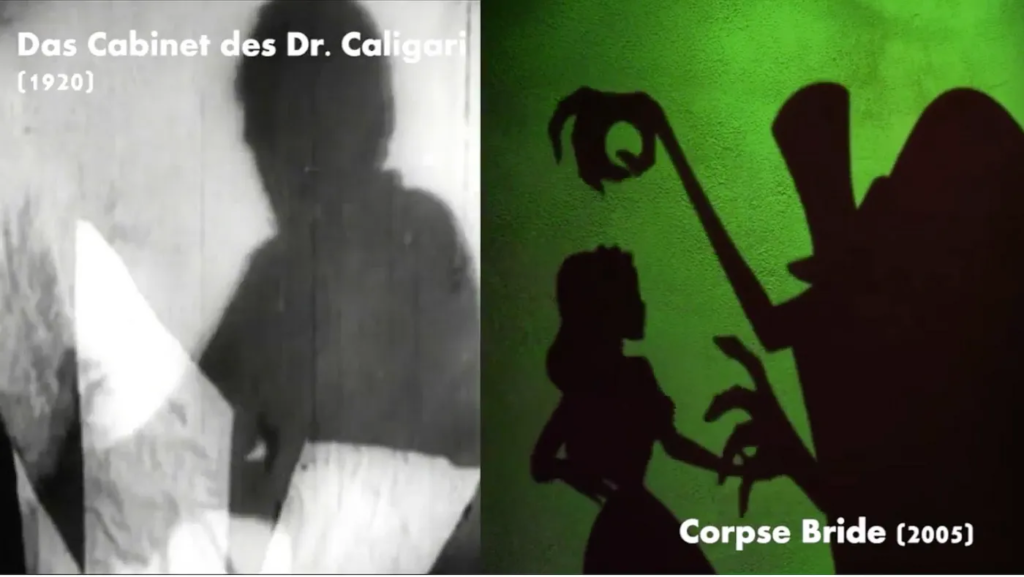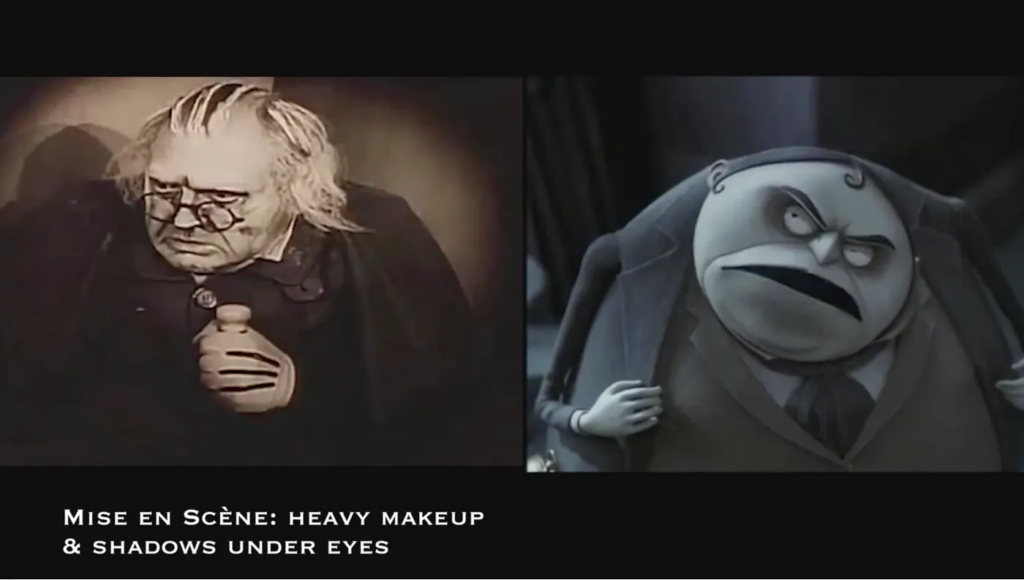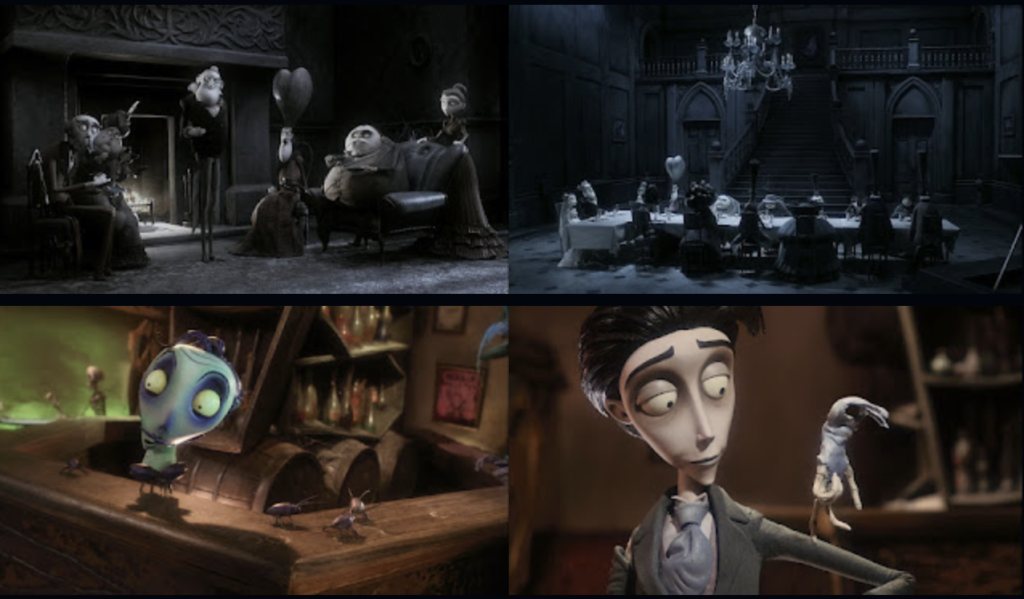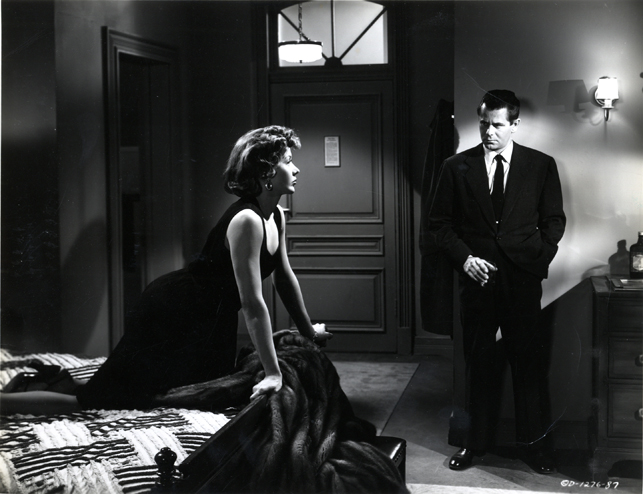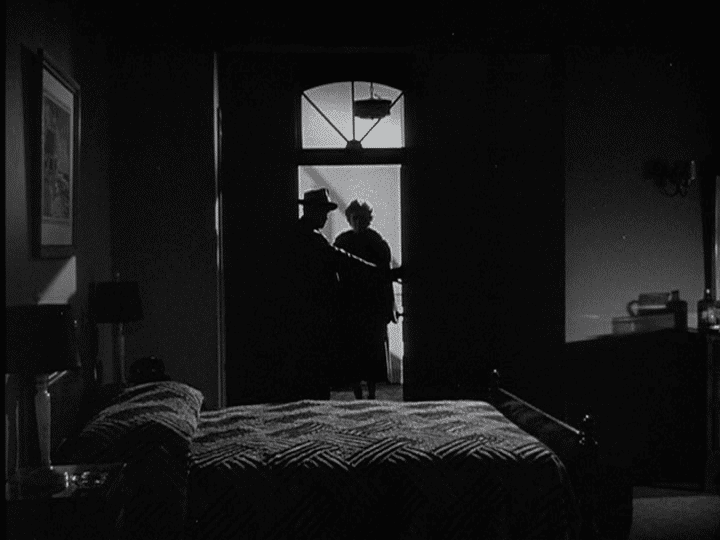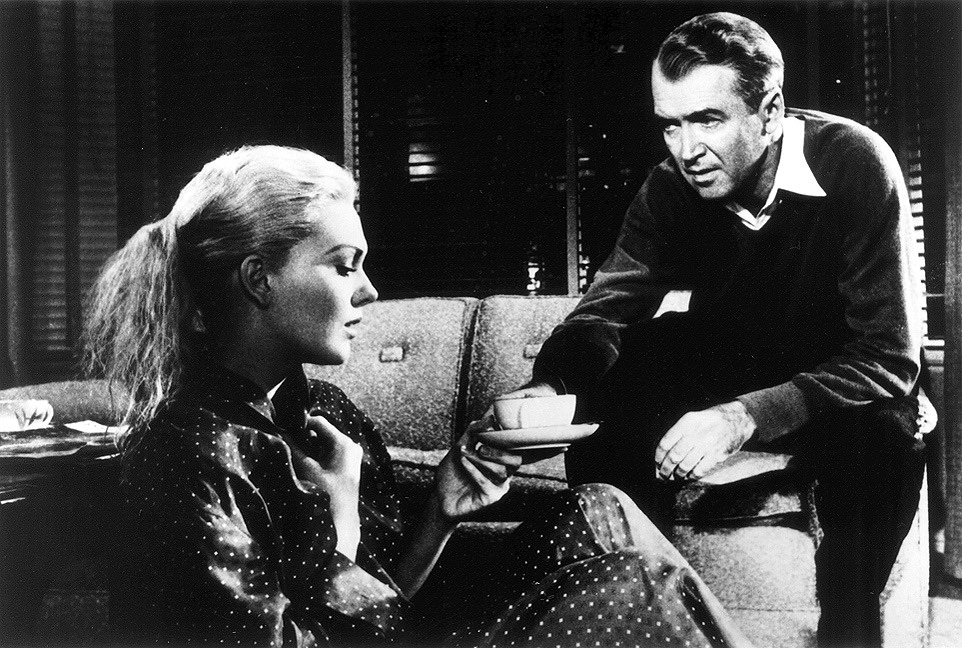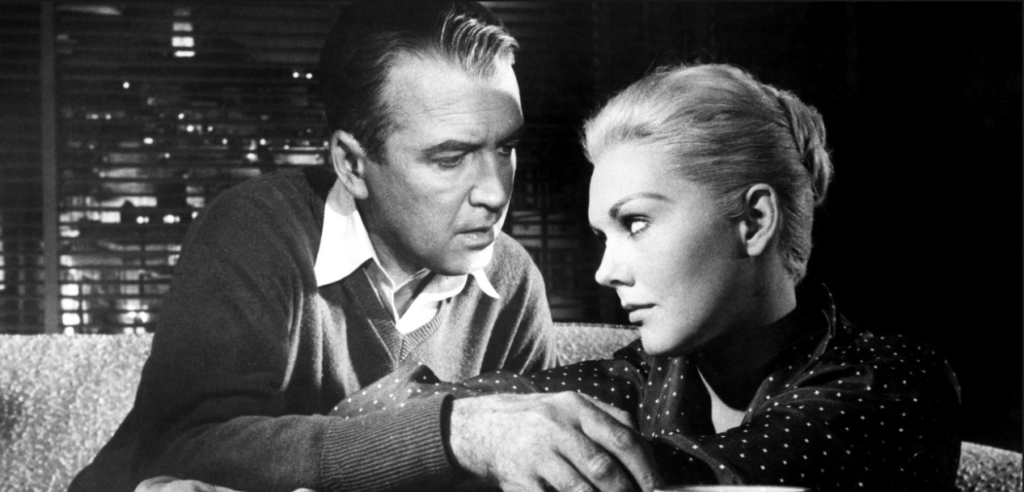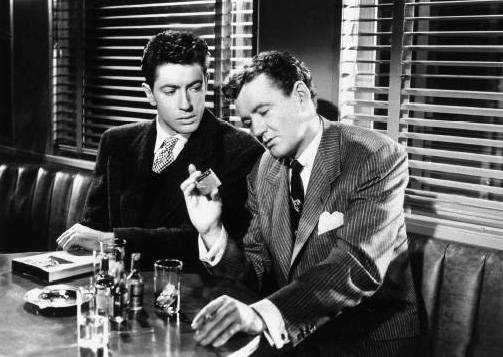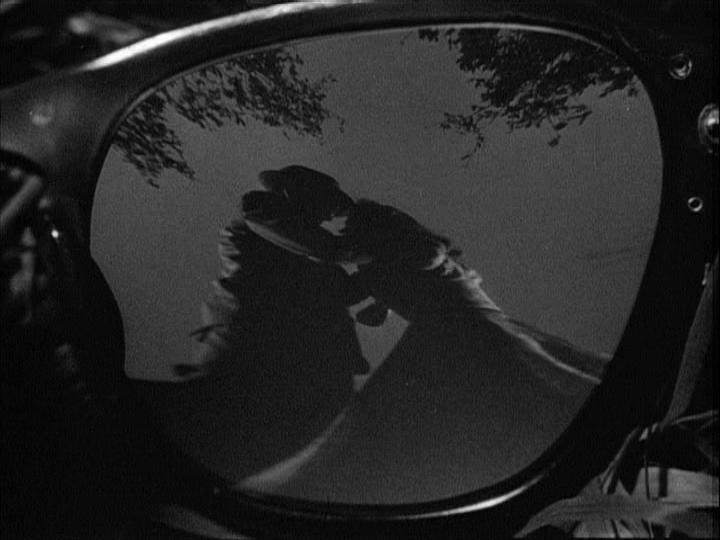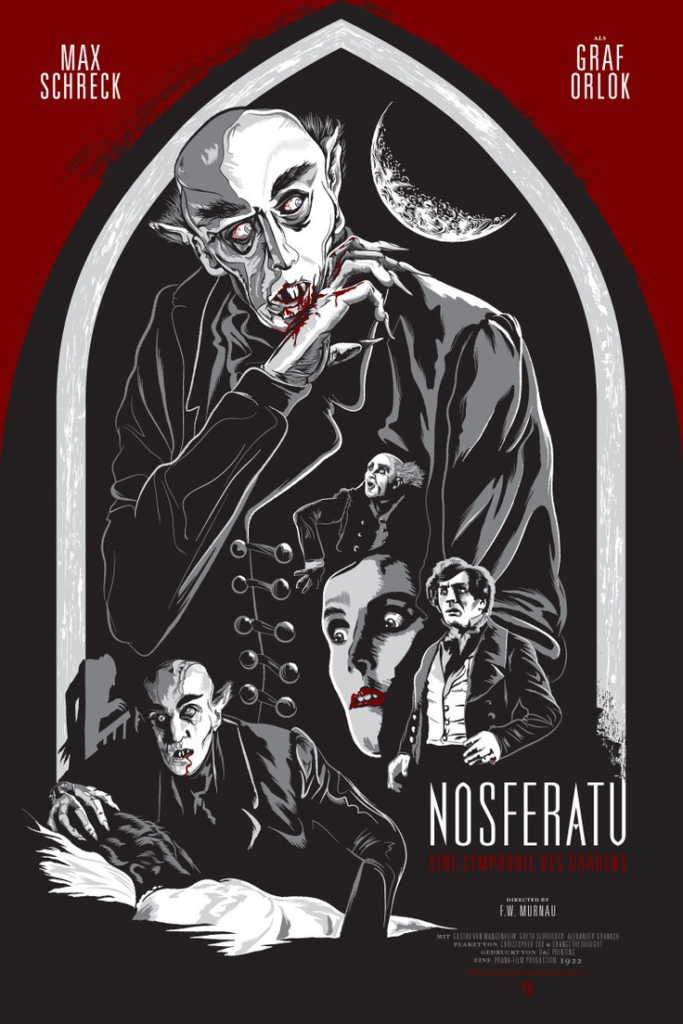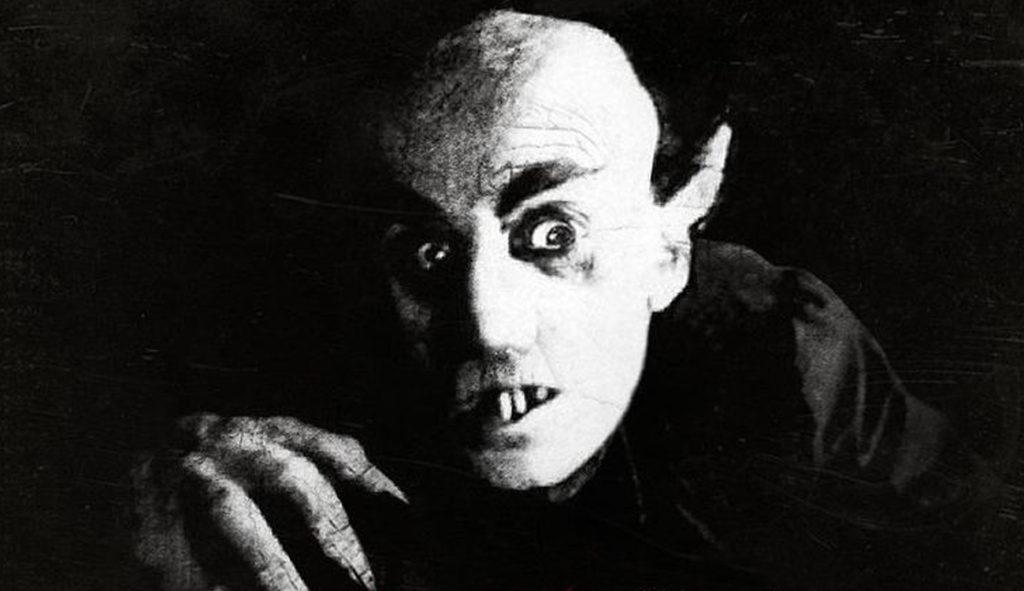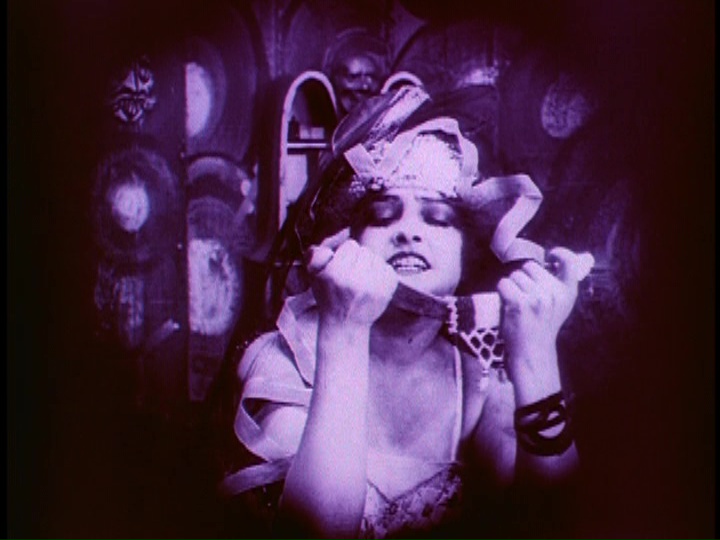Cat People (1942)
An American man marries a Serbian immigrant who fears that she will turn into the cat person of her homeland’s fables if they are intimate together.
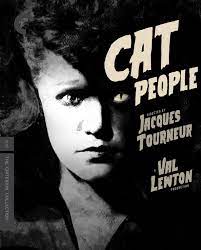
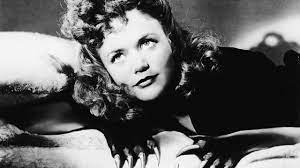

The Lodger (1944)
A landlord is forced to take in a lodger due to financial hardship. He seems like a nice young man, but they suspect him of being Jack The Ripper because of some mysterious, suspicious habits, and fears for her beautiful actress niece who lives with them.
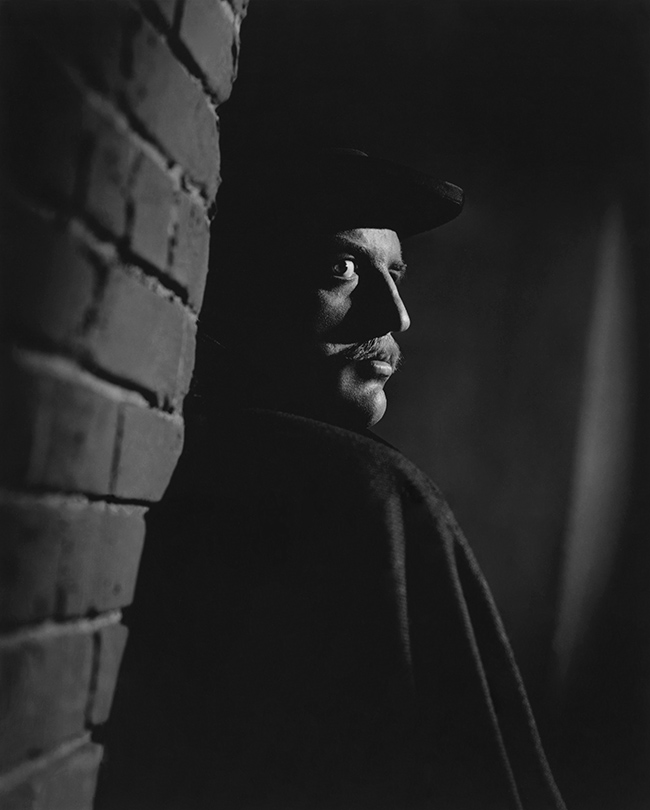
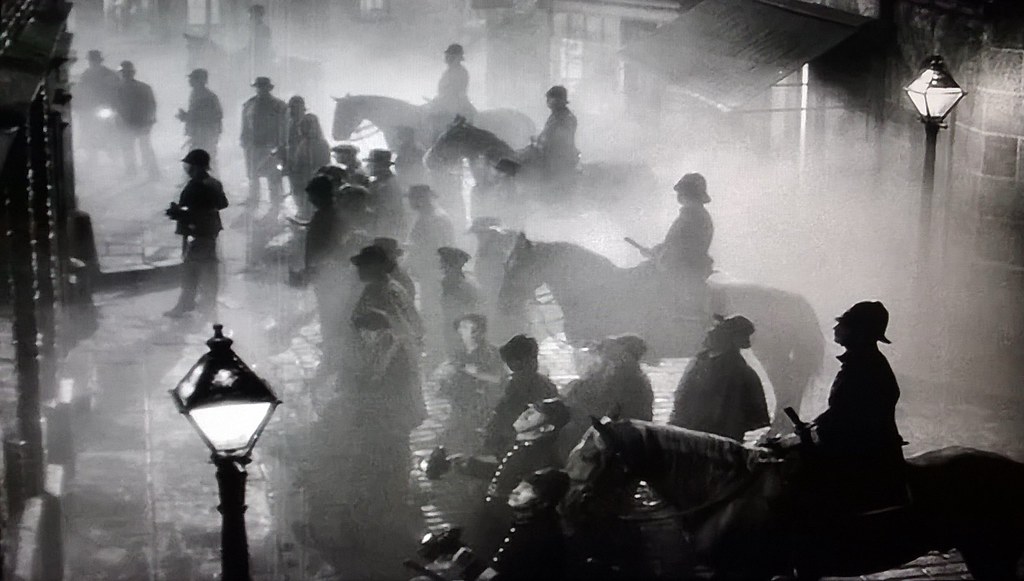
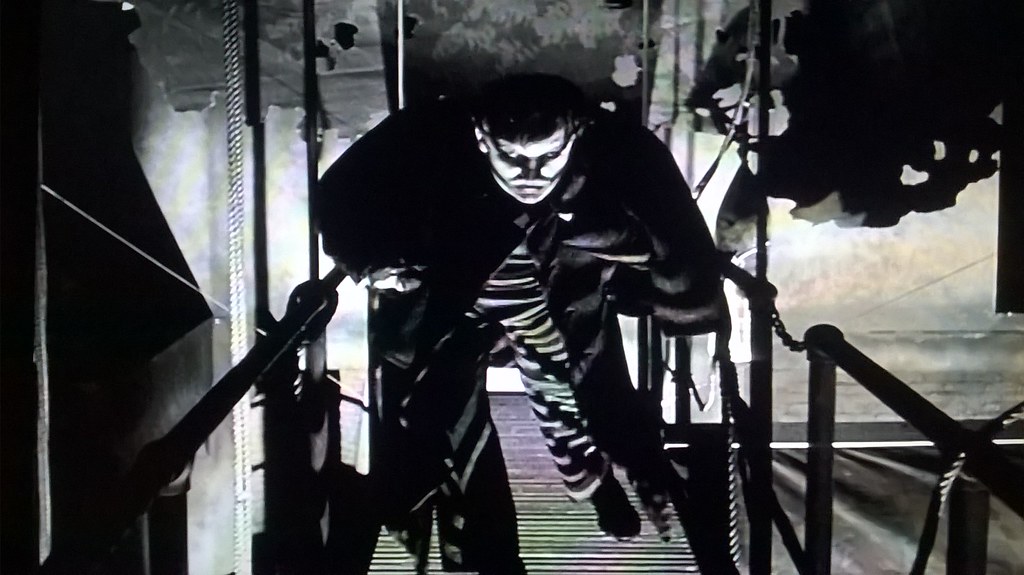
The Night of the Hunter (1955)
A bogus preacher marries an outlaw’s gullible widow in search of the man’s hidden loot. The widow’s children are reluctant to divulge details of their father’s money that he’d stolen in a robbery.
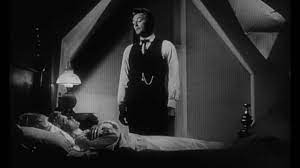
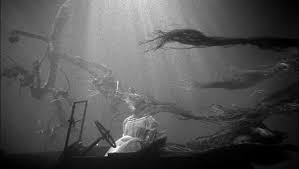
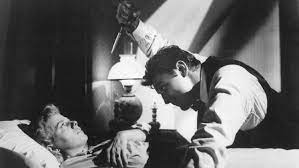







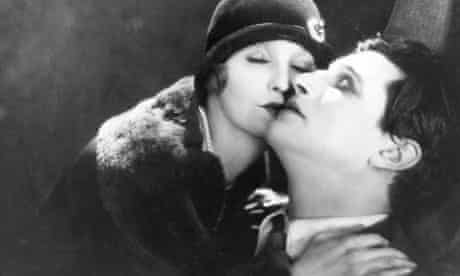
_000114.jpg)





